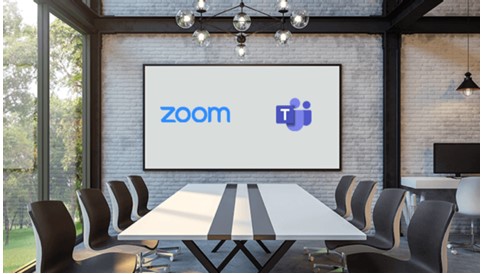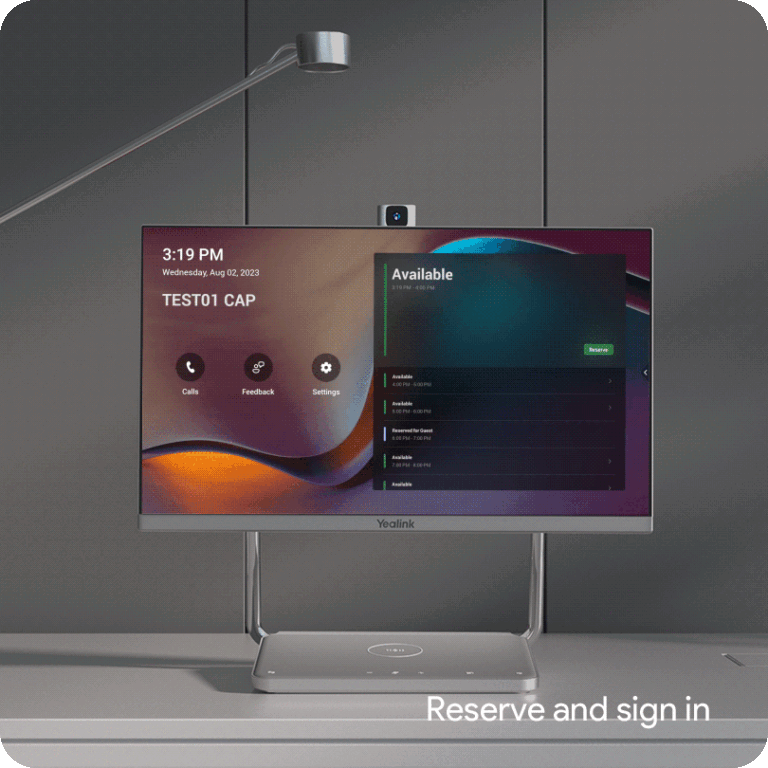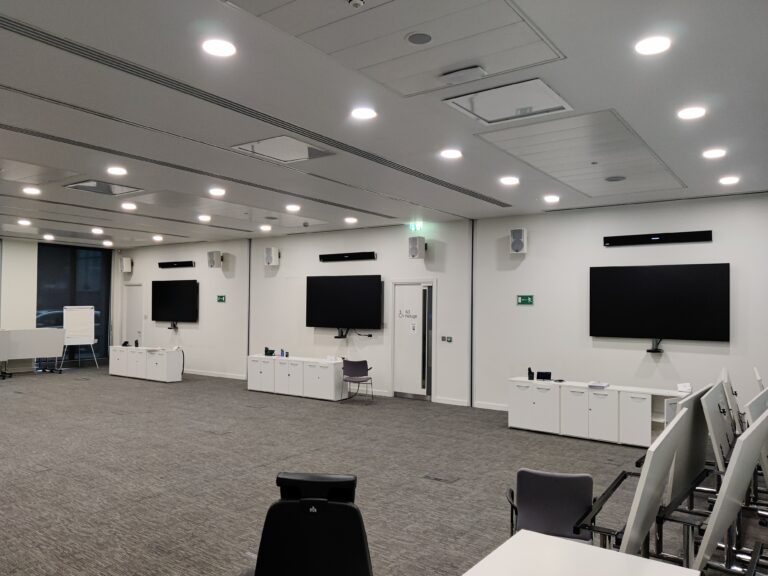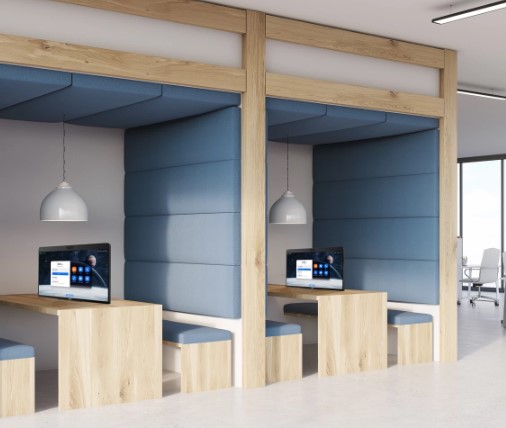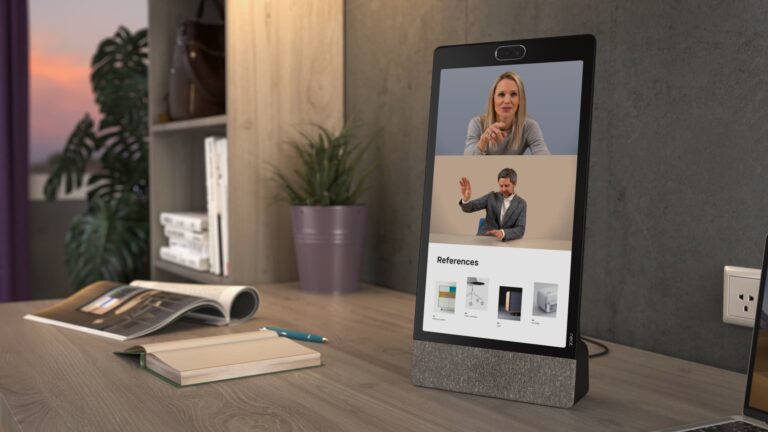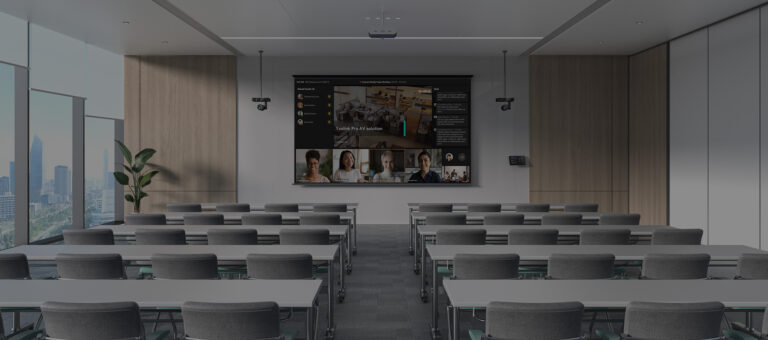Which collaboration platform is better for my organisation?
To re-build our economy, a partial return to work is essential. In thinking about heading back into the office, we must decide on the best ways to communicate with our newly dispersed workforce. We now know that colleague, customer and supplier interaction require interoperability. But where do we start? With what we had before? With what our employees have stumbled across in the meantime? Or is it time to take a fresh and strategic look at remote collaboration? Not just in the way we conduct the odd video meeting, but in the way we communicate daily in the cloud, make phone calls, set up webinars and chat with colleagues?
In the last few months, the world has heard of Zoom and Teams, but what are the pros and cons of each and how do we decide on which workflow suits our employees and therefore our business best?
Zoom is not all about desktop, tablet or mobile video meetings, but is a worldwide cloud-based hub for content sharing, chat, webinars and telephony. Zoom has been recognised for its ability to send invitations to both internal (other Zoom) and external (Webex, Polycom, Cisco, Lifesize etc) users and have them be able to join in one click. Zoom’s ease of use, quality and advanced feature-set extends to meeting rooms, small and large, through “Zoom Rooms” and “Zoom Rooms Touch” technologies. When properly deployed, with the right hardware, licences and services, your meeting spaces become a centre of communication for those working from home, on the road and for your guests whether they be suppliers or customers.
Microsoft Teams is a popular choice for those businesses who use the Office 365 suite or have been brought up on Skype for Business. Native registration of “Teams Room” systems, extends the desktop environment into the meeting room and like Zoom, it syncs up well with other Microsoft technologies including calendar integration (eg Exchange, Office 365, Google) and room booking systems (eg Evoko, Condeco, GoBright). Being Windows 10 IoT based, MTR systems (Microsoft Teams Room) from certified companies such as HP, Crestron, Poly, Yealink, Lenovo, Logitech and others are flexible in that they deploy USB cameras, USB speaker/ microphones and USB Touch Control meaning that solutions can be created to fit meeting room sizes, types and budgets.
Rather than guessing at your ideal workflow, which platform works for you, or whether Google Meet or Cisco Webex may make a better fit!
Talk to VideoCentric about its Consultancy Planning Services, Live Remote Demonstrations, Proof of Concept Trials, Equipment Hire and Next Day Engineer Support. Video Conferencing is what we do, and with over 20 years’ experience in the industry, we want to use our expertise to help you make the most efficient and cost-effective decision for your company. Contact our Sales Team Today!

